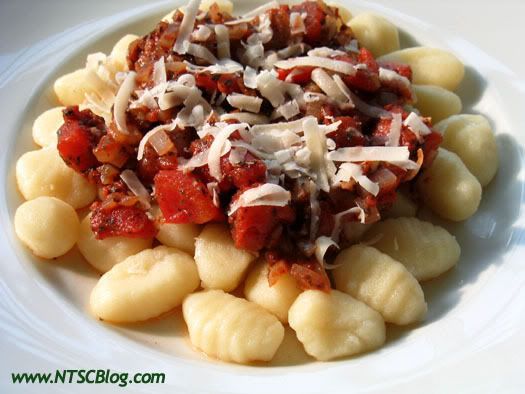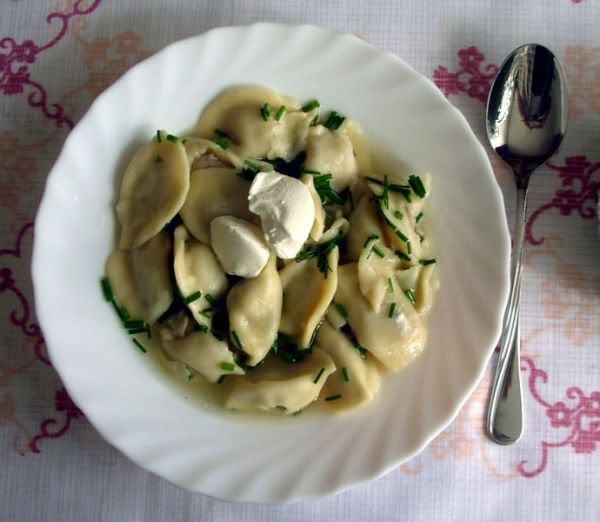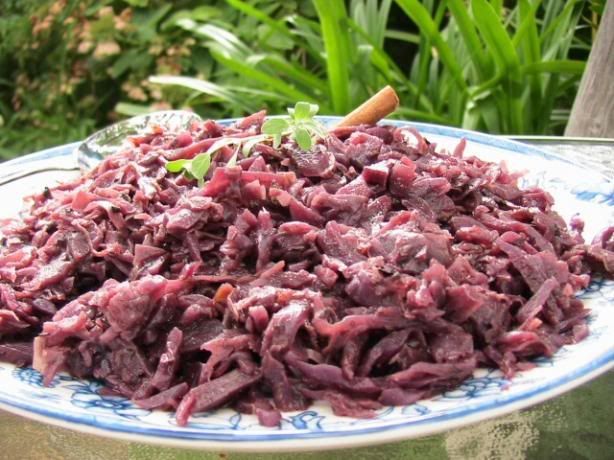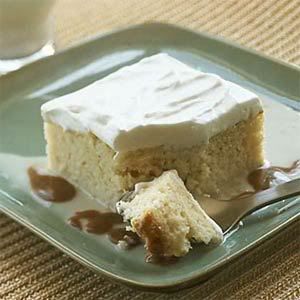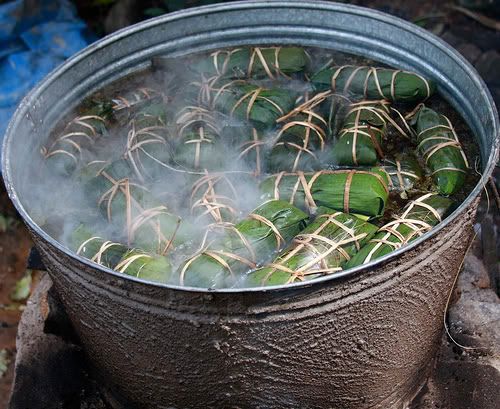
A staple of Italy is risotto, which is a soft rice that has a texture similar to porridge. It was first introduced to Italy by the Arabs who brought it to Sicily where rice flourished because of Italy's flat lands, abundance of water, and humidity. The legend behind risotto goes back to 1564, where a young apprentice of the Gothic cathedral, Duomi di Milano, was in charge of staining glass to make it look decorative. People in town teased the young apprentice for using the spice saffron to create a more colorful color for the stained glass windows. As a joke, the apprentice put saffron in his master's rice, but many people ended up enjoying the rice so much that it became a national dish. Risotto has 4 basic ingredients: soffrito (sauteed vegetables), broth (chicken, vegetable, fish, or beef), flavoring (saffron, mushrooms, truffles, wine), and rice (arborio, vialone, carnaroli). To prepare a good risotto, you need to keep in mind these important things. First, don't wash the rice before cooking it, because it takes away the starch that gives risotto it's soft texture. Second, try to make your own broth to give the risotto a richer flavor. Third, cook the rice for 18-20 minutes to get the right texture and add butter if you want. Here is a delicious mushroom risotto recipe from the Food Network website that takes about an hour to make:
Ingredients
8 cups canned low-salt chicken broth
1/2-ounce dried porcini mushrooms
1/4 cup unsalted butter
2 tablespoons olive oil
2 cups finely chopped onions
10 ounces white mushrooms, finely chopped
2 garlic cloves, minced
1 1/2 cups Arborio rice or short-grain white rice
2/3 cup dry white wine
3/4 cup frozen peas, thawed
2/3 cup grated Parmesan Salt and freshly ground black pepper, optional
Bring the broth to a simmer in a heavy medium saucepan. Add the porcini mushrooms. Set aside until the mushrooms are tender, about 5 minutes. Keep the broth warm over very low heat.
Melt the butter in a heavy large saucepan over medium heat. Add olive oil. Add the onions and saute until tender, about 8 minutes. Add the white mushrooms and garlic. Using a slotted spoon, transfer the porcini mushrooms to a cutting board. Finely chop the mushrooms and add to the saucepan. Saute until the mushrooms are tender and the juices evaporate, about 5 minutes. Stir in the rice and let it toast for a few minutes. Add the wine; cook until the liquid is absorbed, stirring often, about 2 minutes. Add 1 cup of hot broth; simmer over medium-low heat until the liquid is absorbed, stirring often, about 3 minutes. Continue to cook until the rice is just tender and the mixture is creamy, adding more broth by cupfuls and stirring often, about 28 minutes (the rice will absorb 6 to 8 cups of broth). Stir in the peas. Mix in the Parmesan. Season with salt and pepper, to taste.

